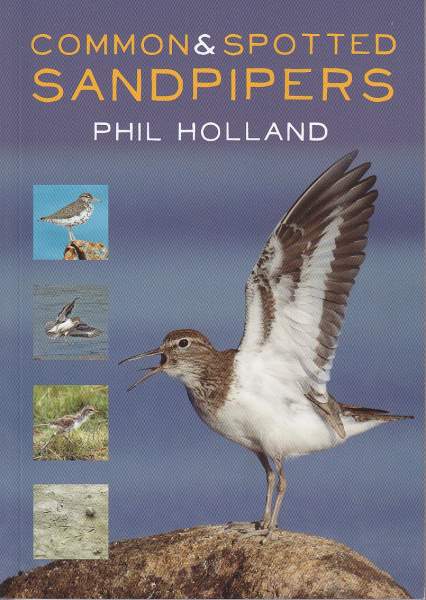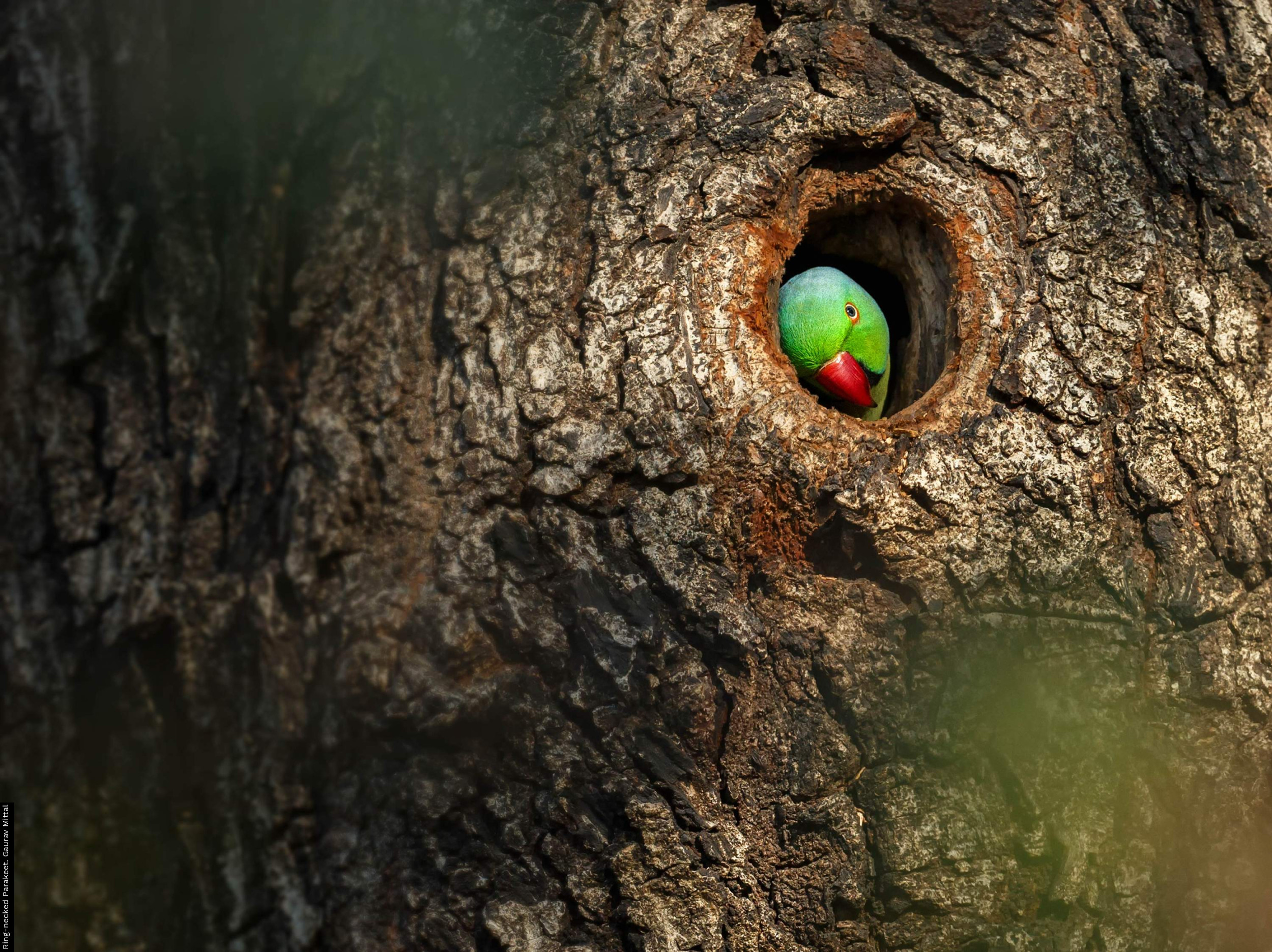
Publisher: Whittles Publishing, Dunbeath
Publication Year: 2018
Binding: Softback
Page Count: 176
ISBN Number: 9781849953610
Price: £ 19.00
Common & Spotted Sandpipers
Many of us will probably have only a passing familiarity with Common Sandpipers, either encountered as birds on passage in lowland wetlands, or as dispersed breeding birds along upland lochs and rivers. This delightful book brings all aspects of their behaviour and ecology to life with a mix of natural history observation, data and reference to published studies, which enable us to get to know the species much better. Importantly, this is not just a book about Common Sandpipers in the UK. It is also about the Spotted Sandpiper, the ecologically similar North American species that curiously has a very different breeding system. By covering both members of the Actitis genus, and therefore two of the most widely distributed waders globally, it is a book that should be of wide interest.
The book starts with four chapters that take us through a year in the life of a sandpiper, starting with the breeding season, before moving on to the southward migration, behaviour on the wintering grounds, and then the northwards return journey. These chapters are full of detailed information, graphs and tables about both species – for example documenting growth rates of Common Sandpiper chicks and their weights on migration, moult and showing maps of the first fully documented Common Sandpiper migration. This account is only possible now due to these recent studies and the resulting insights of the annual movement of individuals and means the book is scientifically up-to-date, but yet is written with a lovely style that combines this cutting-edge knowledge with personal anecdote and story-telling, complemented with a large number of photos and figures.
The next three chapters summarise various aspects of the species’ ecology. In particular, there is a detailed description of sandpiper diet, drawn from a wide range of studies and sources, which is nicely linked to the account of sandpiper breeding and movements by considering the energetic requirements of the birds through the year. I also really enjoyed the chapter on populations, which takes a global to local perspective. In particular, the fluctuations of the Common Sandpiper population in the Ashop Valley in the Peak District, long studied by Phil Holland and the late Derek Yalden, are well-described, whilst also emphasising the remaining uncertainties, even after almost 40years of study.
The final chapters present a long-term perspective for the species, where various pieces of historical evidence are pieced together to speculatively describe changes in the status of the Common Sandpiper in the UK back to the 1750s, and account for the main drivers of change over that time. Phil’s summary of the likely patterns and causes of Common Sandpiper population trends in the UK usefully summarises the available, and what might seem to be slightly contradictory, evidence into a highly plausible narrative. The ecological niche that these two Actitis sandpipers occupy is also nicely summarised, also explaining why they have two such different mating strategies.
In summary, this is an excellent book that makes the most of the long-term studies on Common Sandpipers undertaken in the UK by the author, and combines that personal knowledge and experience with a comprehensive summary of the scientific understanding of both species. Perhaps inevitably, given the authors’ experience, the book ends up being much more about Common Sandpipers than their spotted cousins, but the book is better for covering both species, rather than just the one. This, coupled with the fact that the two species have a combined range across much of the northern hemisphere and tropics, means that the book is highly internationally relevant, despite most of the detailed information being from the UK. The account is very readable, and well populated with illustrations, graphs and tables that nicely complement the text. Whilst some of graphs could perhaps have benefitted from a bit more attention to design, that is really a minor quibble and I would heartily recommend this book to anyone interested in finding out more about these two fascinating species.
Book reviewed by James Pearce-Higgins
buy this book





Share this page